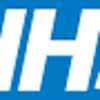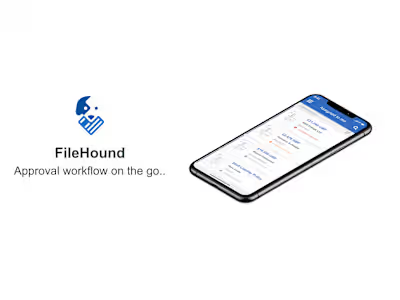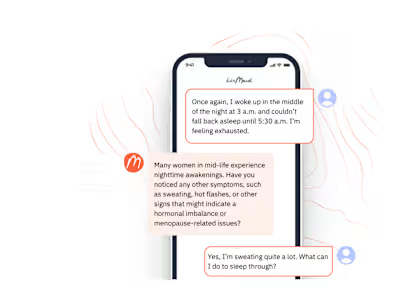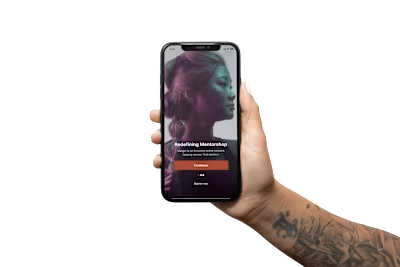NHS - Haemophilia Outcome Management System (HOMS)
Like this project
Posted Apr 20, 2022
I worked in partnership with Element3 to design a new Haemophilia Outcome Management System for the Royal Free Hospital. Replacing legacy data entry processes.
Opportunity
I have had the privilege of collaborating with Element3 in a groundbreaking partnership with the Haemophilia and Thrombosis Centre at the esteemed Royal Free Hospital in London. Our mission was to conceptualize, design, and develop a cutting-edge Haemophilia Outcome Management System (HOMS).
The problem
The primary objective of this digital transformation was to eliminate outdated manual data entry processes that burdened both patients and NHS staff. By doing so, we aimed to revolutionize the treatment management process within the department, streamlining operations and enhancing overall efficiency.
This ambitious digital transformation initiative was conceived with the intent of simplifying the submission of patient forms data, empowering staff with seamless access to critical patient-related information at the point of care, and ensuring unwavering compliance through the implementation of a secure, audited digital system.
Our solution
Our solution encompasses an enhanced user interface, meticulously designed to empower physiotherapists with swift access to vital patient data at the earliest stages of the treatment process. Through an intuitive and refined interface, we have transformed the way clinicians and patients interact with the system.
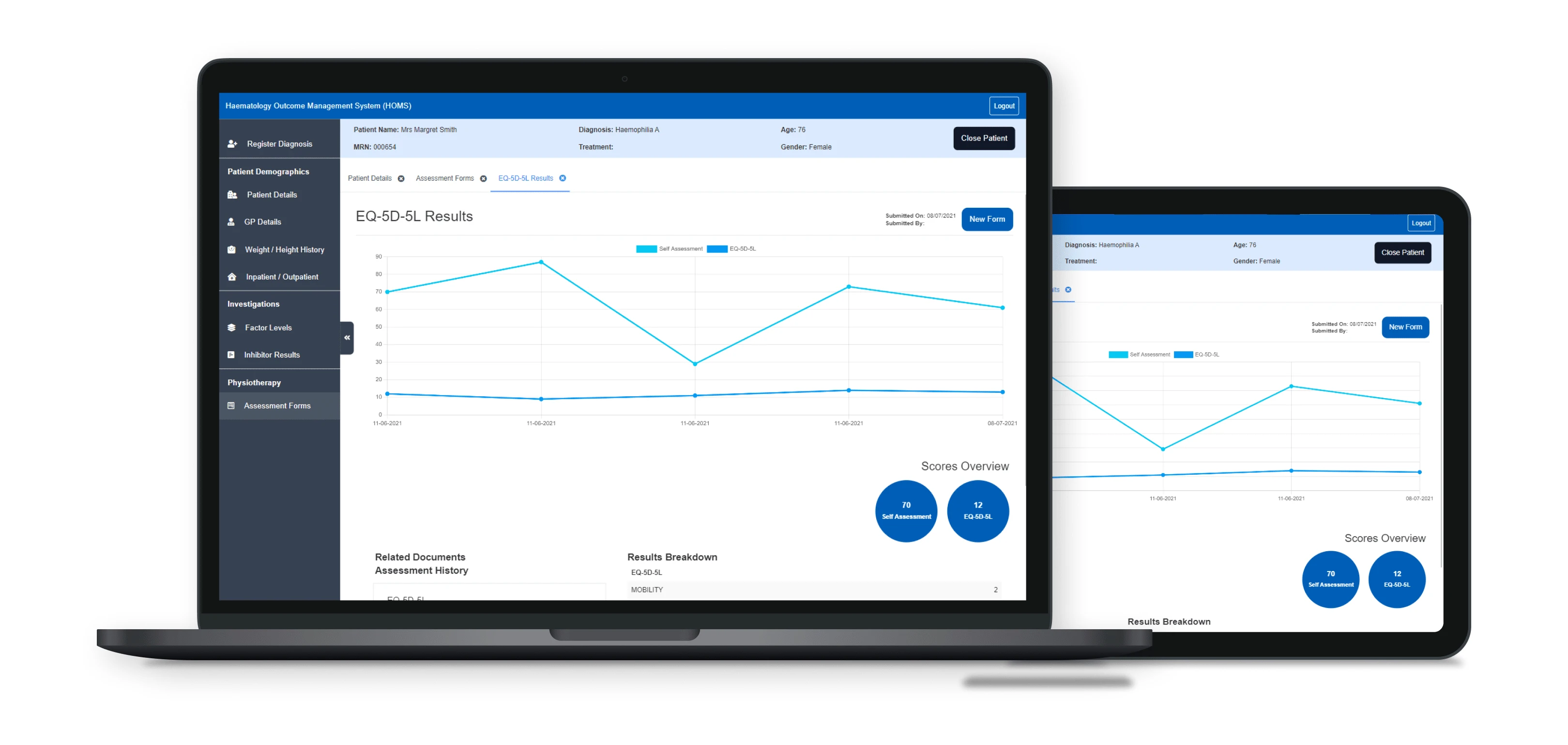
Responsive layout for use on iPad
Interviews
Our client did not have a recognised project manager, therefore gathering the necessary requirements was quite a challenge. To overcome this, we decided to carry out in person interviews where I got to observe the current manual processes from end to end with the Physiotherapists. During these sessions, I would ask as many questions about the flow as I could, as well as leaving space for the physios to ask questions, which was incredibly valuable. It allowed our clients to dive deeper into even the most minute details, which gave us a clearer understanding of what they envisioned.
Feedback loop
Creating a feedback loop that works for both parties taking their time constraint into account and best form of communication for each department.
Existing user flow
With our findings from virtual and in-person meetings, we were able to create an iteration of the existing workflow for each form. This allowed us to have a better understanding of the complexities and current time consuming manual processes.
Improved user flow
With this knowledge, we were able to work together with the physiotherapists and doctors to iterate through new and improved user flows for each individual digital form.
Form priority matrix
Now that we have our flows fleshed out and understand who needs what permissions, our next challenge was to decide which form needs to be designed and then built first. The answer to this was formed by having a session with the main stakeholder. We had to take many things into consideration to determine this, for example, 'Which form relies on Form A to be created first? Which form needs Form A and Form B to be in progress in order to be started? Are there any forms that would be created at the same time? Do all the forms give a score?'. Asking these types of questions and asking why to their answers allowed for us to determine that the HJHS form needed to be created first.
Form design
The heart of our solution lies in the thoughtful craftsmanship of the form design. From iterating through rapid sketches to high fidelity prototypes. By employing a responsive layout and embracing tablet usage, we have revolutionized the experience for both clinicians and patients. Our meticulously tailored forms provide a seamless and intuitive experience, allowing clinicians to effortlessly navigate and input data while equipping patients with a user-friendly interface for their contributions.
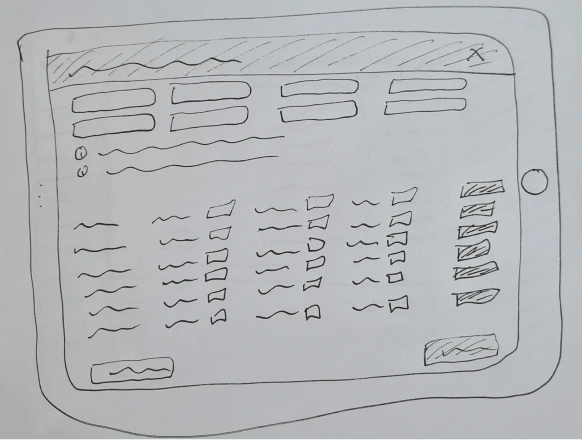
HJHS Form Sketch
The improved user interface delivers unparalleled efficiency, allowing physiotherapists to access critical patient data sooner in the treatment journey. This expedited access ensures informed decision-making, enabling healthcare professionals to provide prompt and tailored care with unparalleled precision.

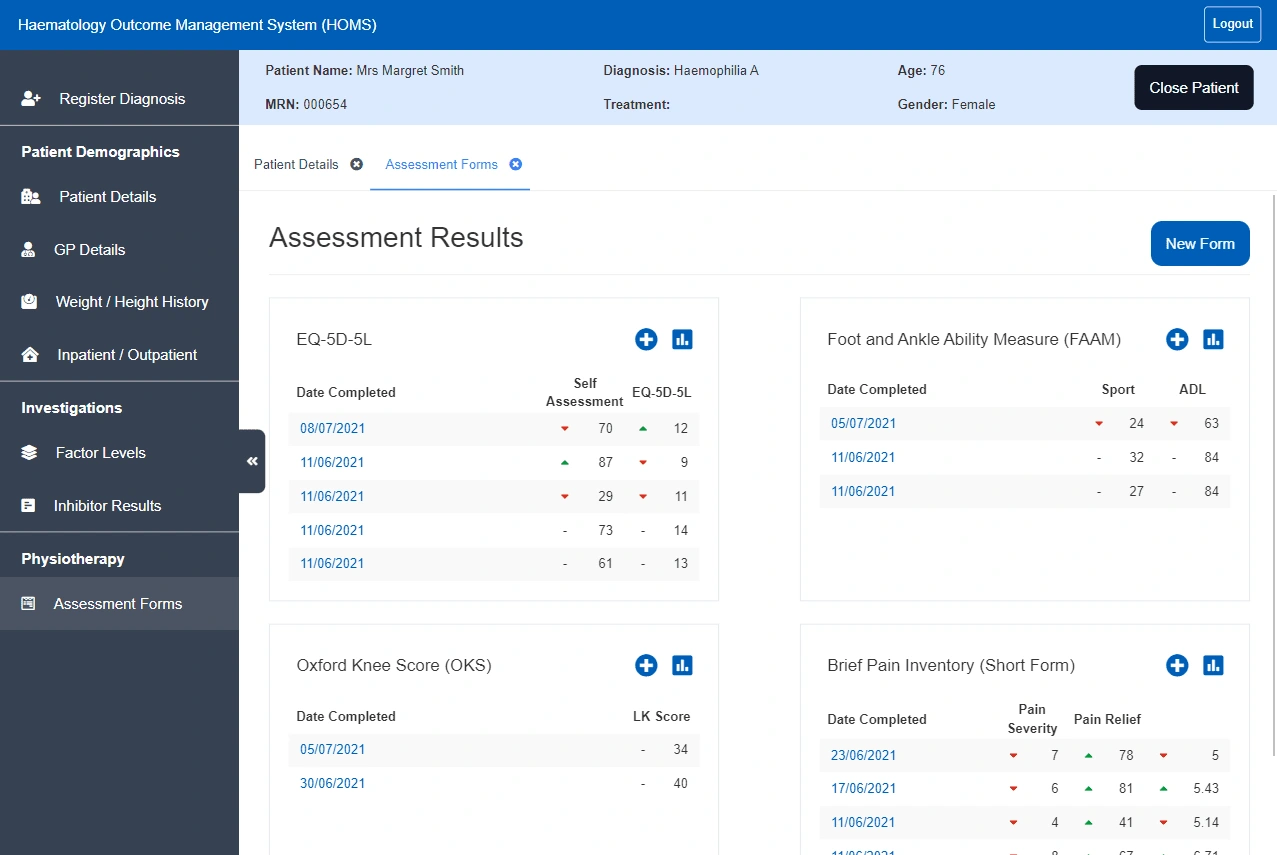
New Physiotherapy Forms Layout
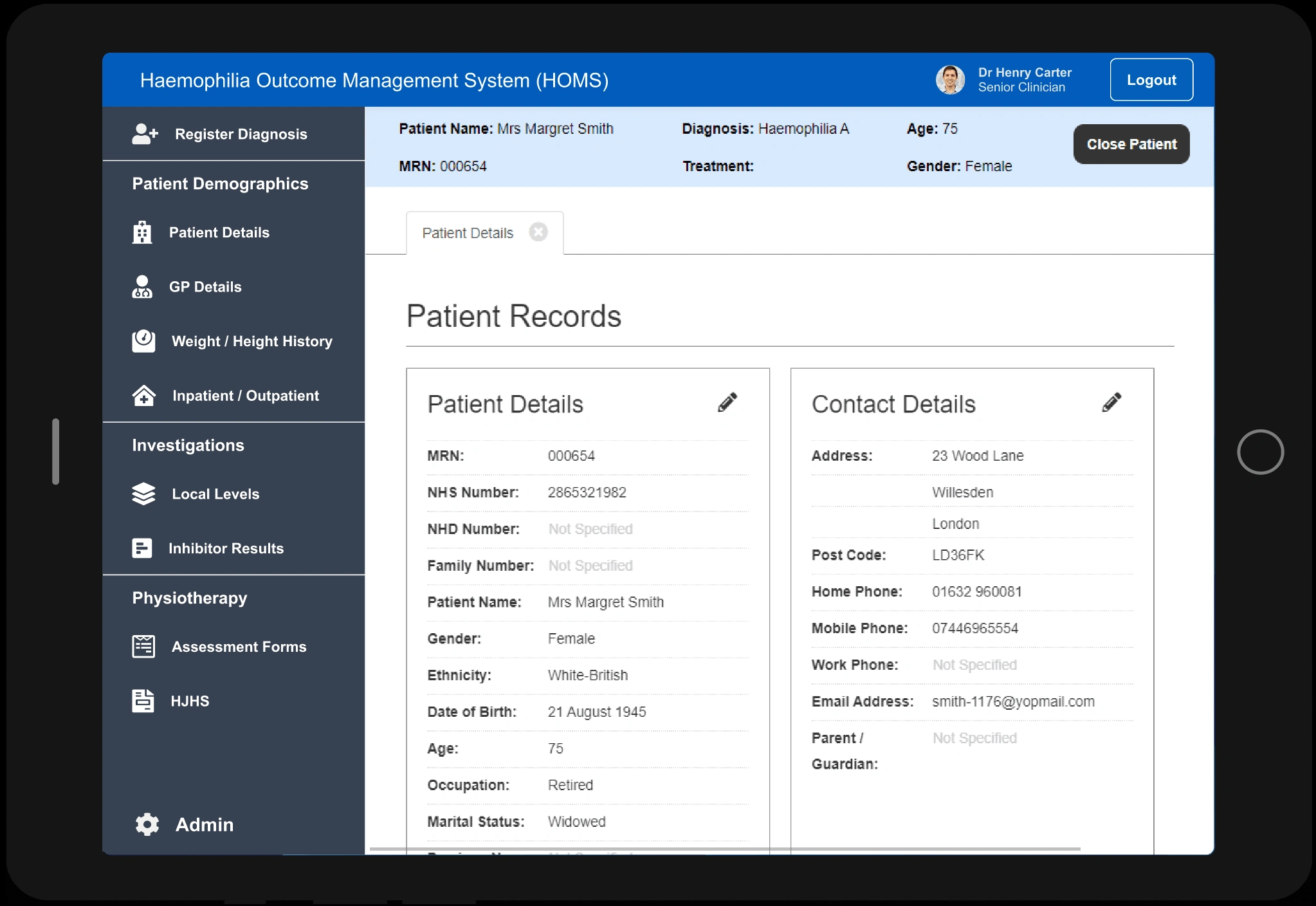
Responsive Patient View
Moreover, our focus on form design optimization has resulted in a solution that bridges the gap between clinicians and patients. With its intuitive and responsive nature, our system fosters collaboration, empowering patients to actively participate in their treatment management. By placing the power of information in their hands, we have fostered a sense of ownership and partnership in the treatment process.
Outcome
The transformational impact of our solution is palpable, revolutionizing the way haemophilia treatment is managed. By seamlessly integrating advanced technology with the expertise of clinicians, we have brought about a paradigm shift, optimising workflows, improving patient outcomes, and ultimately driving the success of the Haemophilia and Thrombosis Centre at the Royal Free Hospital, London.
Next Steps
Implementation of designs into the system:
Creation of brand new forms based on our agreed form design:
Conduct moderated usability tests within the clinic to identify areas for improvement:
By pursuing these next steps, we will ensure that the Haemophilia Outcome Management System (HOMS) reaches its full potential, delivering an unparalleled user experience, seamless integration, and continuous improvement based on real-world feedback.




